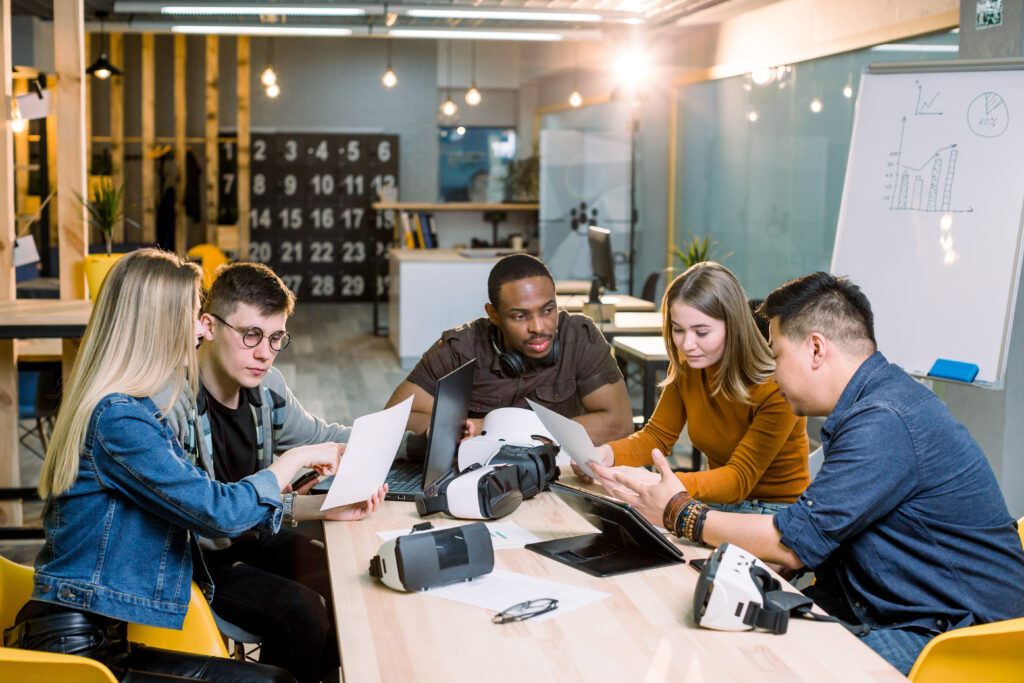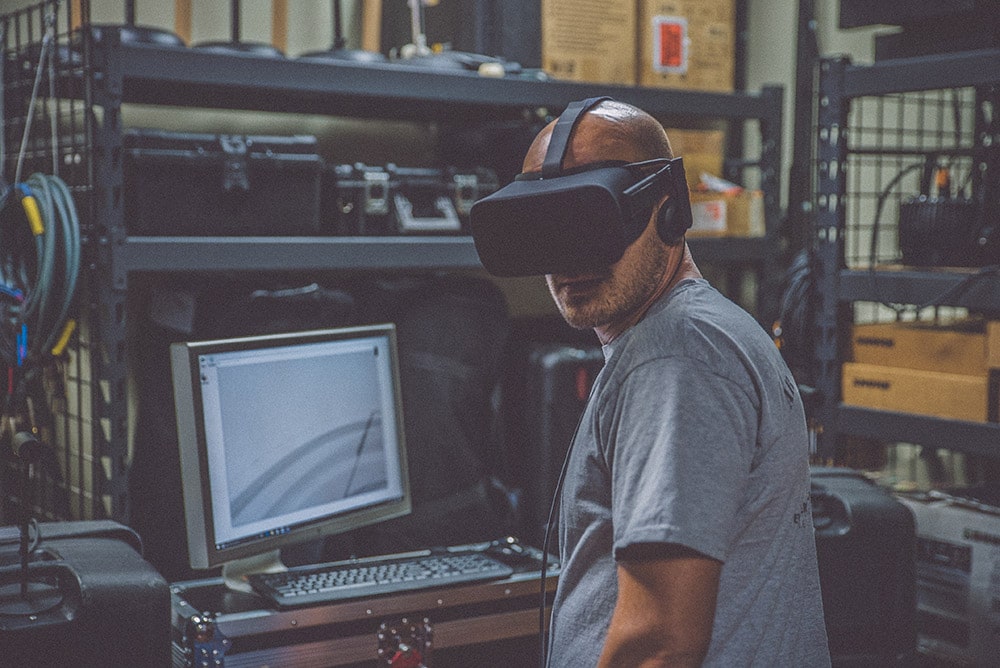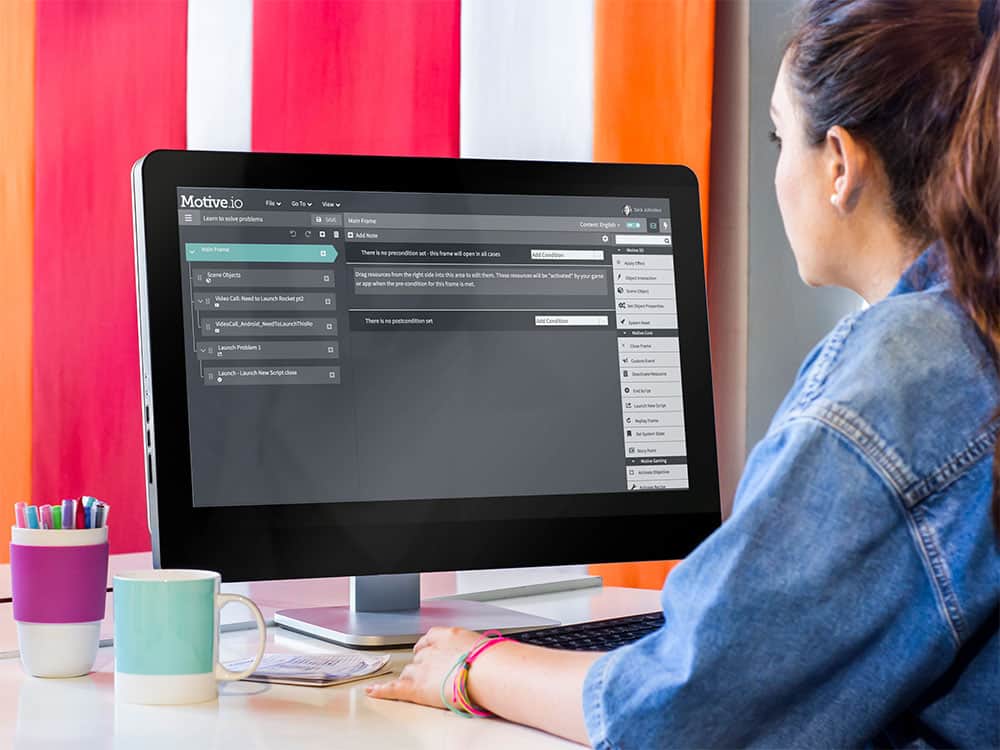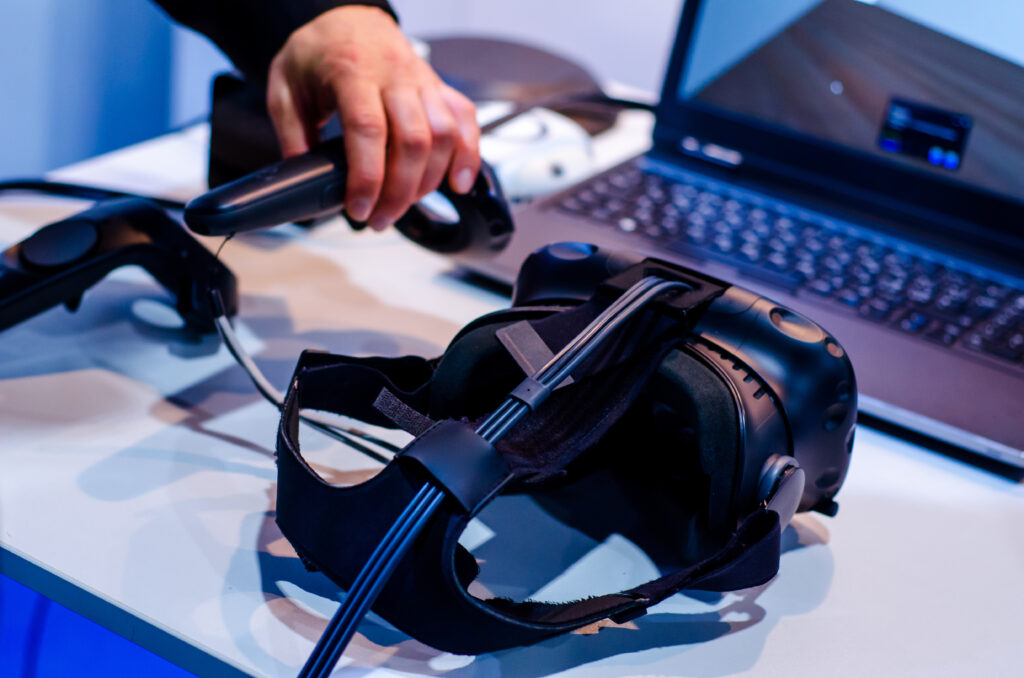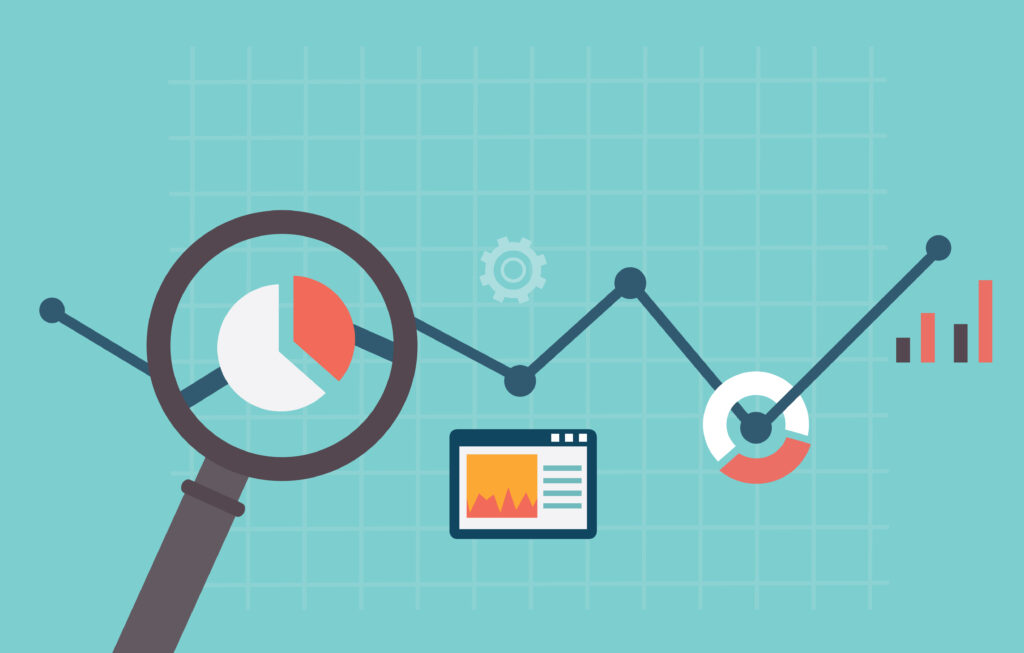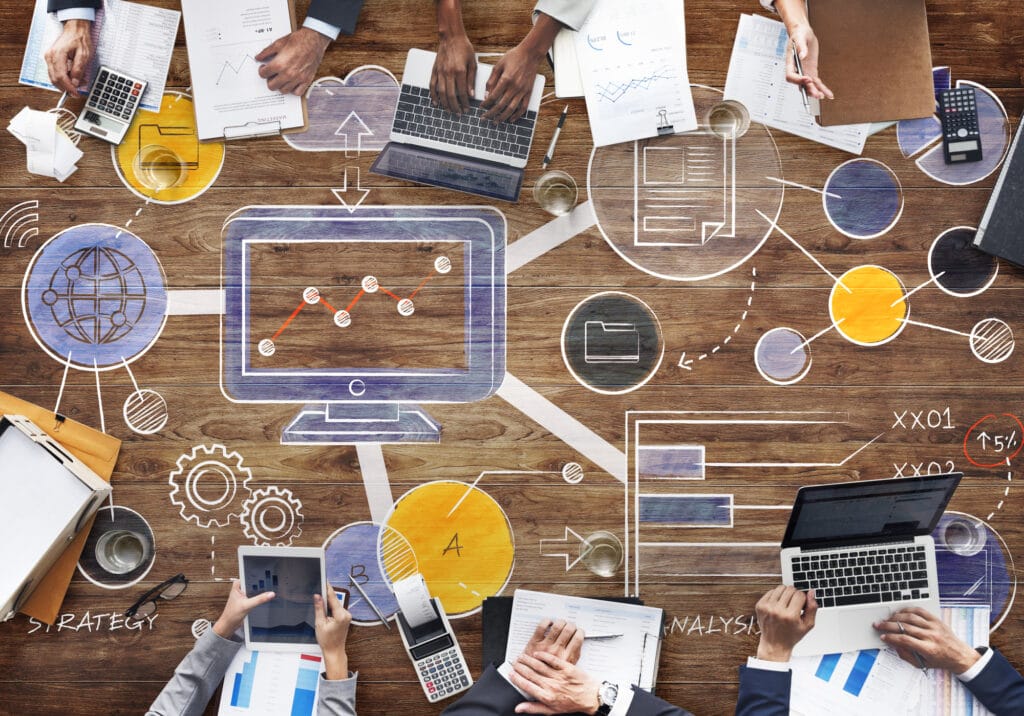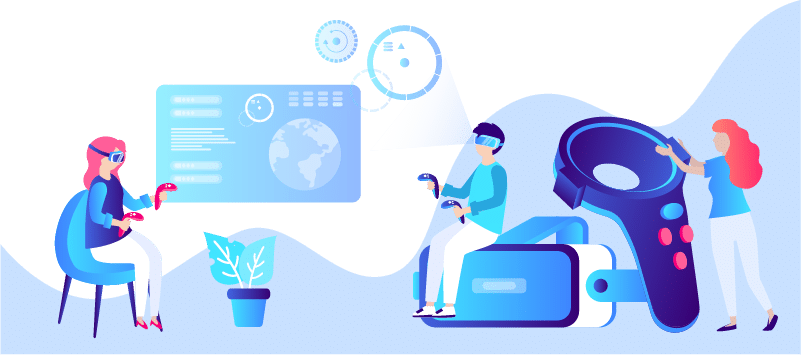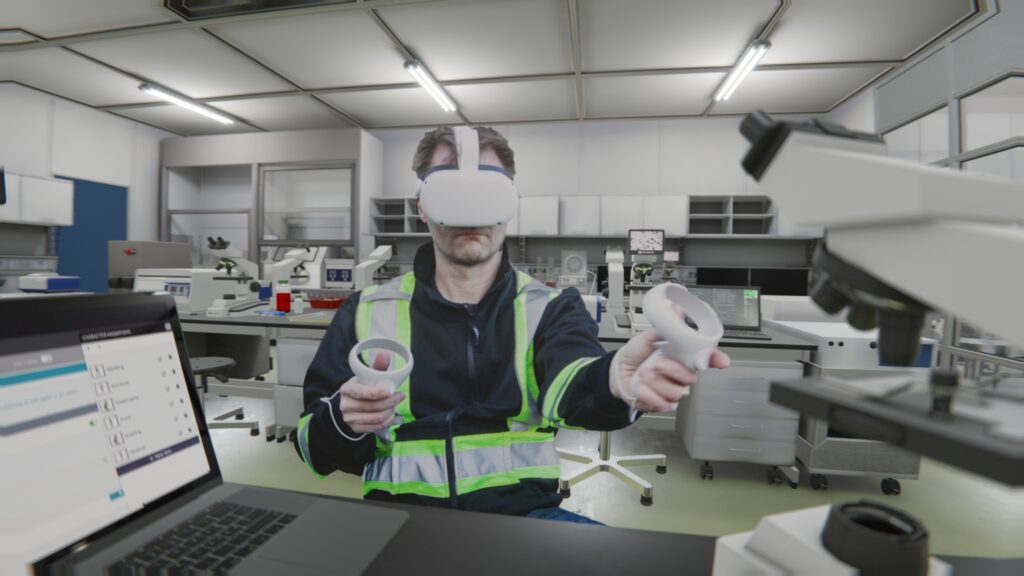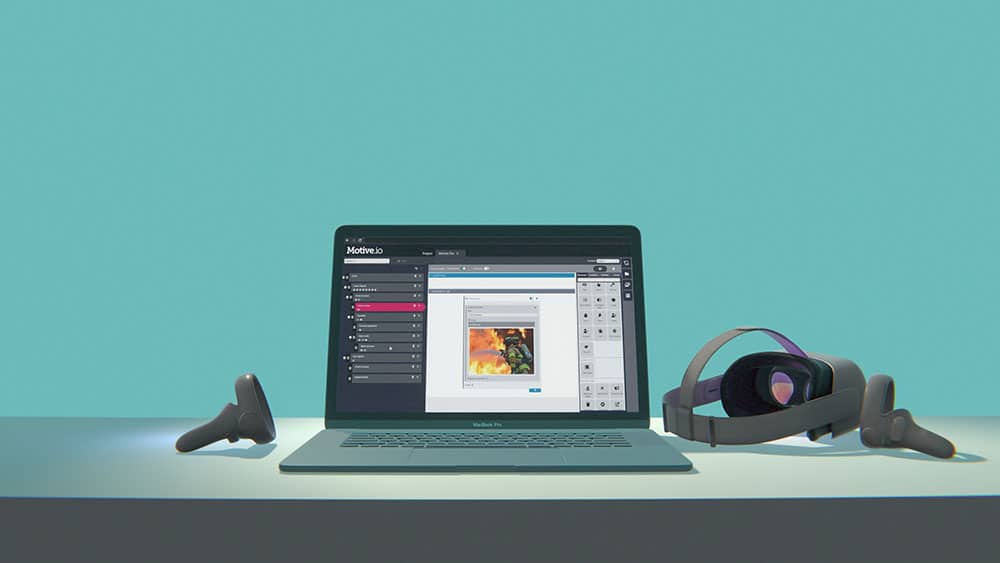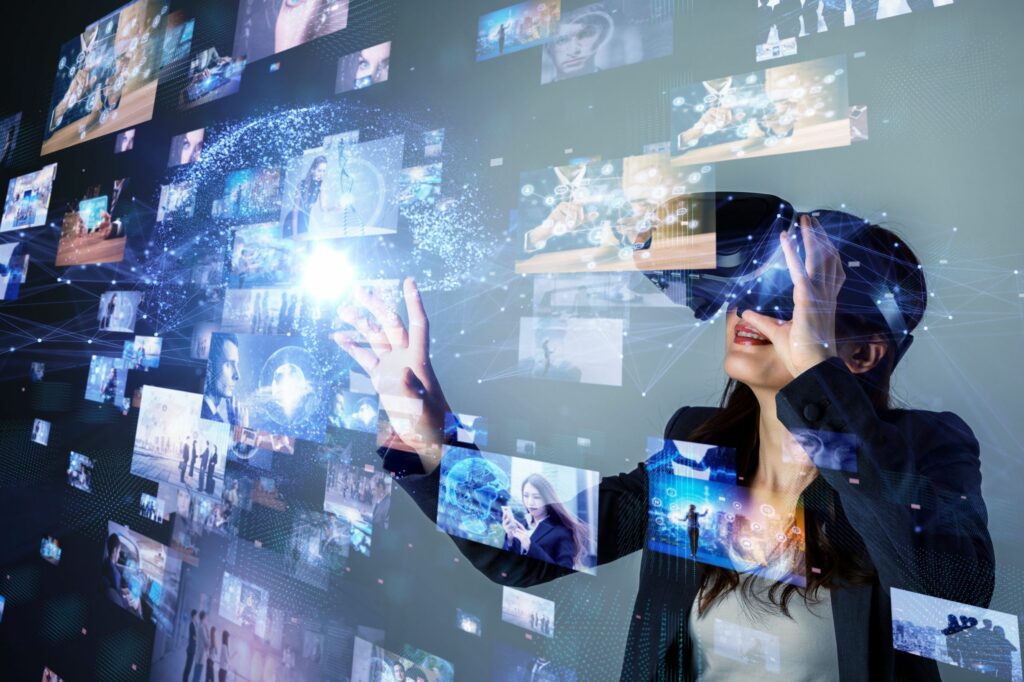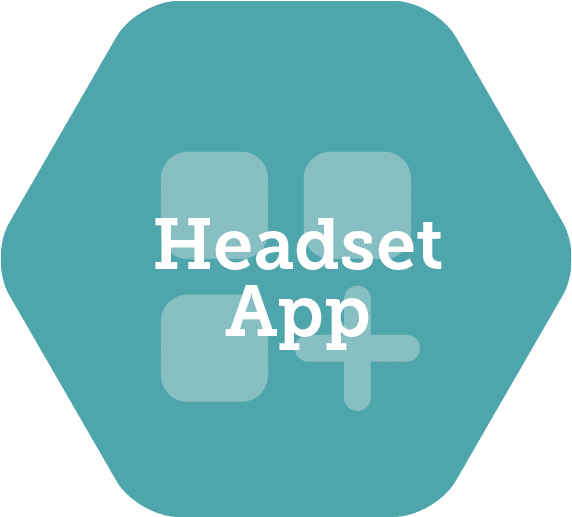Learning Design
Incorporating VR into a Blended Learning Solution
Picture this: it’s your first day of work, and you’re ready to learn the skills needed for your new role. You walk into the office and head to a large room with your fellow new hires for training. You sit at a table, and an instructor begins lecturing the room on company policy, expectations, using…
Read MoreAssessing Job Readiness with VR
Learner success and job readiness is easier to assess with the rich data that can be collected in VR. Careful planning for assessment can help you generate meaningful results and feedback for your learners. xAPI Results The xAPI profile includes an optional “result” property that you can leverage to extract results from the learning experience.…
Read MoreBring Your VR Scenario to Life with Authoring & Testing
What tools do you need to ensure your VR training experience is successful? After setting your goals, planning data use, and considering the learning design experience, the next step is to bring your VR scenario to life. This will include determining how you will author your content and creating a plan to test. Bring Your…
Read MoreConsiderations When Designing a VR Training Scenario
Designing a VR training scenario, or a 3D learning experience, requires careful consideration. It can be easy to get caught in the trap of relying on familiar 2D design patterns, such as text panels, videos and pictures to convey information and instructions. For a 3D scenario to truly have a transformative impact, you need to…
Read MorePlanning Learning Data Use in VR
How will you determine success through the learning data you receive from your VR training scenarios? After setting training goals, you will need to determine how you will measure and track your training metrics. Specifically, you must decide what it looks like to achieve success on the performance indicators you have outlined and how that…
Read MoreSetting Employee Training Goals for Your VR Training Program
Goals are essential to every project, especially when your organization is trying something new. Once you have determined that VR is the right modality for your organization’s training program, the next step is setting your employee training goals. Employee training goals can be categorized in several ways. Three of the most common are business and…
Read MoreVR Design: Essential Lessons Learned
Recently, I met with some of the staff of Motive.io and asked them this question- What are the biggest lessons you have learned in VR Design? This is what they said: Mechanics do not need to be Hyper-realistic for a good VR Experience The biggest lesson I have learned is how unimportant hyper-realistic mechanics are…
Read MoreEssential Elements of Great VR Learning Design (Part 2)
This blog is a continuation. If you haven’t done so already, read Essential Elements of VR Learning Design (Part 1) for more context. Must haves for excellent VR learning design Environment where learners are comfortable Providing an environment where people are comfortable is a must-have in VR learning design. Virtual reality is a very unique…
Read MoreEssential Elements of Great VR Design for Learning (Part 1)
As the process for designing VR continues to evolve, a few aspects have proven to be consistent. Here are a few essential features of great VR design as well as some less important areas to remember. Comprehensive experience project planning Comprehensive experience project planning is a must-have in VR design. The VR planning stage is…
Read MoreDesigning and Developing VR Experiences
Virtual reality design and development are becoming a more attractive and attainable option to many content creators. More innovation and development have resulted in a refinement of a typical creation process. According to the Motive staff, there are a few things you should know as you embark on designing and developing VR experiences. Before you…
Read More